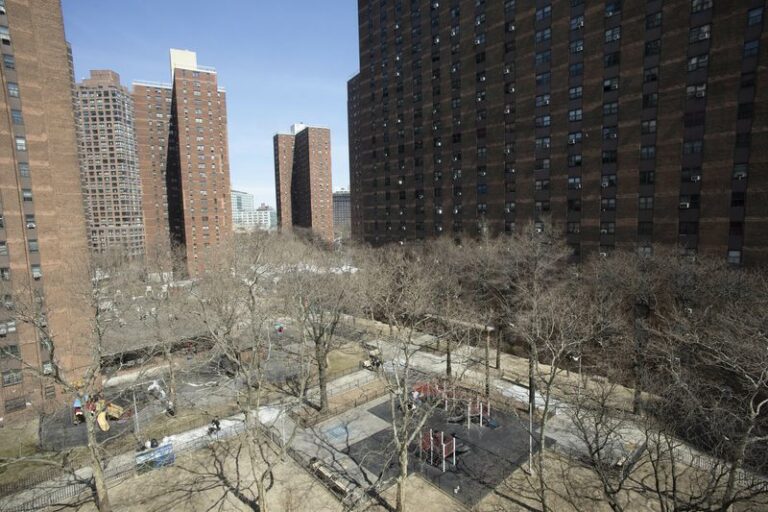
The recent flooding from torrential rain exposed two uncomfortable facts to New Yorkers: the consequences of climate change are already here, and New York’s infrastructure is critically unprepared to handle it. Rapid repair of existing infrastructure and construction of climate-resilient infrastructure is necessary. Ironically, one of the biggest barriers to the policies we need to combat climate change are the laws meant to make sure they don’t damage the environment.
Congestion pricing is widely supported by economists as a means of reducing traffic, encouraging public transportation usage, and lowering carbon emissions; all of which are unequivocally beneficial to the environment. Despite being passed by New York legislators in 2019, it won’t be until next year that congestion pricing gets implemented. The reason? The bureaucratic sludge of NEPA, the National Environmental Protection Act.
The language of “review” required by NEPA is incredibly vague and is consistently abused to delay and prevent projects from ever being built. NEPA isn’t about whether a project has environmental damages or not, just that environmental impact needs to be thoroughly documented. Studies of how NEPA is used find that in terms of net impact, it is applied more to renewables like solar panels (68 percent), wind turbines (38 percent), and transmission lines (31 percent) than pipelines (50 percent). Analysis of the Department of Energy’s (DOE) active NEPA projects finds that 42 percent of them are “related to clean energy, transmission or conservation, while only 15 percent of the DOE’s projects are related to fossil fuel.” Even subway expansions in New York have to undergo NEPA review. You can invest as much government money as you want into green energy, but nothing will get built if there’s this huge glut in the NEPA review pipeline.
NEPA also features numerous exclusions specifically for fossil fuel exploration projects that let them be exempt from review. This is absurd given how important moving away from fossil fuel dependency is to combat climate change. Either renewable energy projects should receive the same exemptions or they should be prioritized.
The reason the congestion pricing report had to be 4007 pages was because of the bloating of NEPA reviews and the threat of litigation by opponents. Despite that, 99 percent of NEPA’s environmental assessments result in a FONSI (finding of no significant impact), meaning no further detailing of impact is necessary. This clearly indicates that NEPA is being applied far too widely. Rather, what NEPA defines as “major federal action” should actually be major federal action and state approved projects shouldn’t be subject to them.
It’s evident that NEPA doesn’t actually force projects to be environmentally friendly. Instead, it adds a massive layer of bureaucracy that disproportionately delays the green projects and policies that we need to combat climate change and prevents subsidies and investments in the sector from manifesting.



